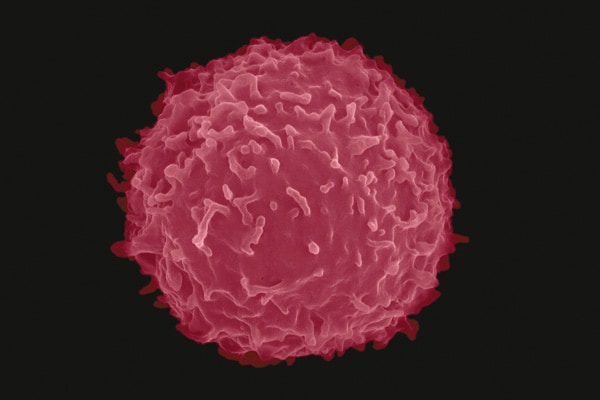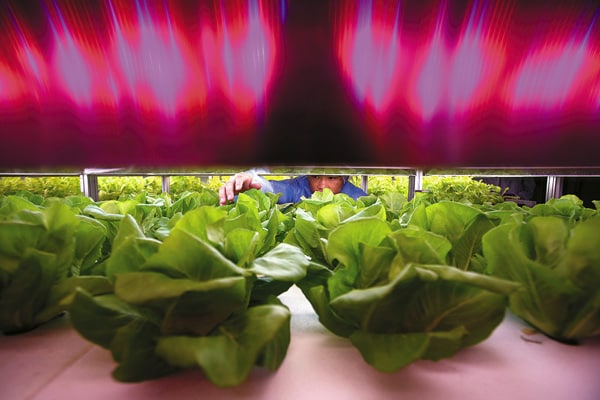
3 Scientific Breakthroughs That Could Change Our Lives
Artificial Leaf
When chemistry professor Daniel Nocera at the Massachusetts Institute of Technology showed that a device the size of a poker card could split water into hydrogen and oxygen, he was merely taking a leaf out of Mother Nature’s playbook, except that he called it ‘artificial leaf’. Fashioned from silicon, electronics and catalysts, Nocera’s leaf mimics photosynthesis. When placed in about three litres of water, this ‘leaf’ produces a day’s supply of electricity to an average home in a developing country. “One can envision villages in India and Africa purchasing an affordable basic power system based on this technology,” says Nocera. Ratan Tata believes in the technology and forged a collaboration earlier this year.
Turning the Body’s T-cells into Cancer Killers

In the game of one-upmanship that most cancer cells display in the human body, it’s unprecedented that the tumours get blown away in a few weeks. So, when scientists at the University of Pennsylvania’s Abramson Cancer Center and Perelman School of Medicine found a full year of cancer remission in end-stage Leukemia by using patients’ genetically engineered T-cells (the human body’s immune system cells) to kill cancerous cells, it was hailed as a milestone. The results not only provide a potential roadmap for other cancers such as ovarian, lung and skin, but also an effective treatment with far fewer side effects than traditional chemotherapy.
Indoor Farming

Growing bananas, strawberries, yellow peppers and a host of other veggies under the blue and red glow of Light Emitting Diodes (LED) is not the average idea of indoor farming. After all, the greenhouse has been in existence for a long time. A group of Dutch bioengineers at PlantLab believe that the extraordinary pressure on food production requires extraordinary breakthroughs in agriculture. Using LED glow, night and day are simulated and synchronised with the plants’ circadian rhythm, often shorter than the 24-hour cycle. With constant temperature and 90 percent less water, this indoor futuristic farm uses no pesticides and increases crop yield by a factor of three. With shrinking farmland, burgeoning population and uncertain climate, the LEDs might just prove a key technology in increasing food production.
(This story appears in the 30 November, -0001 issue of Forbes India. To visit our Archives, click here.)




